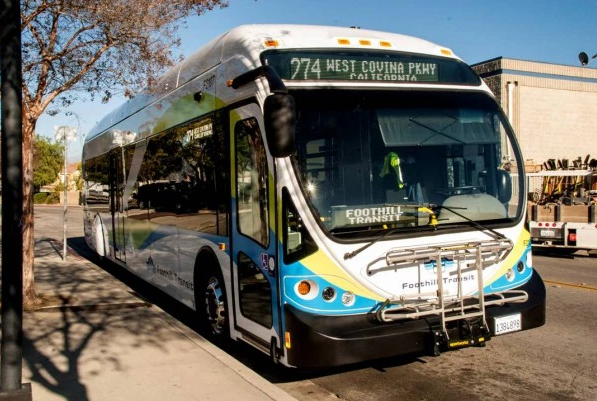Transit agencies in California will get a much-needed infusion of "additional assistance" from the American Rescue Plan. This just-announced funding can be used for "operations, personnel, cleaning, and sanitization combating the spread of pathogens on transit systems, and debt service payments incurred to maintain operations and avoid layoffs and furloughs as a result of COVID-19."
This is in addition to about $3.9 billion previously allocated to California transit agencies from the American Rescue Plan by formula - which generally means according to size of agency, number of riders served, and similar measures. That money must be spent in certain ways, but can be used for capital, planning, and operating assistance.
Transit agencies throughout the state saw ridership disappear during the pandemic shutdown. Ridership is how transit's value is judged, with funding based on it. Losing riders means losing revenue from the farebox, of course, but it also means less federal money. However many "essential workers" (essential because we all rely on them) still need transit.
Luckily the American Rescue Plan included this cushion to help transit agencies weather funding decreases that could have otherwise killed them off.
Recipients of the money are:
Bay Area:
- $7.4 million to the Sonoma-Marin Area Rail Transit District (SMART)
- $115 million to the City of San Francisco
- $2.3 million to the City of Fairfield
- $26 million for ferries run by the San Francisco Bay Area Water Emergency Transportation Authority
- $38.8 million for Caltrain
- $270.7 million for BART
- $75 million to the Golden Gate Bridge, Highway & Transportation District
Central CA:
- $12 million to the city of San Luis Obispo
Southern CA:
- $50 million to Foothill Transit
- $525,000 to SunLine Transit Agency in the Coachella Valley
- $15 million to the Riverside Transit Agency
- $5 million to Access Services in El Monte
- $13 million to Omnitrans in San Bernardino






